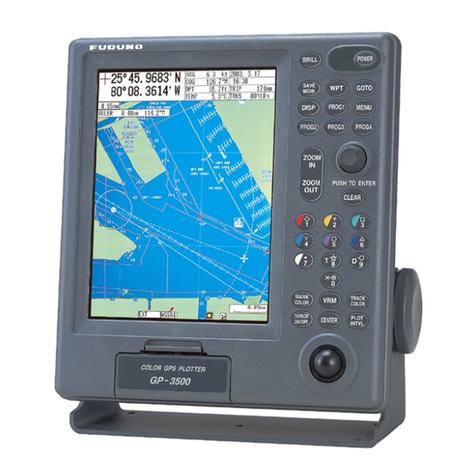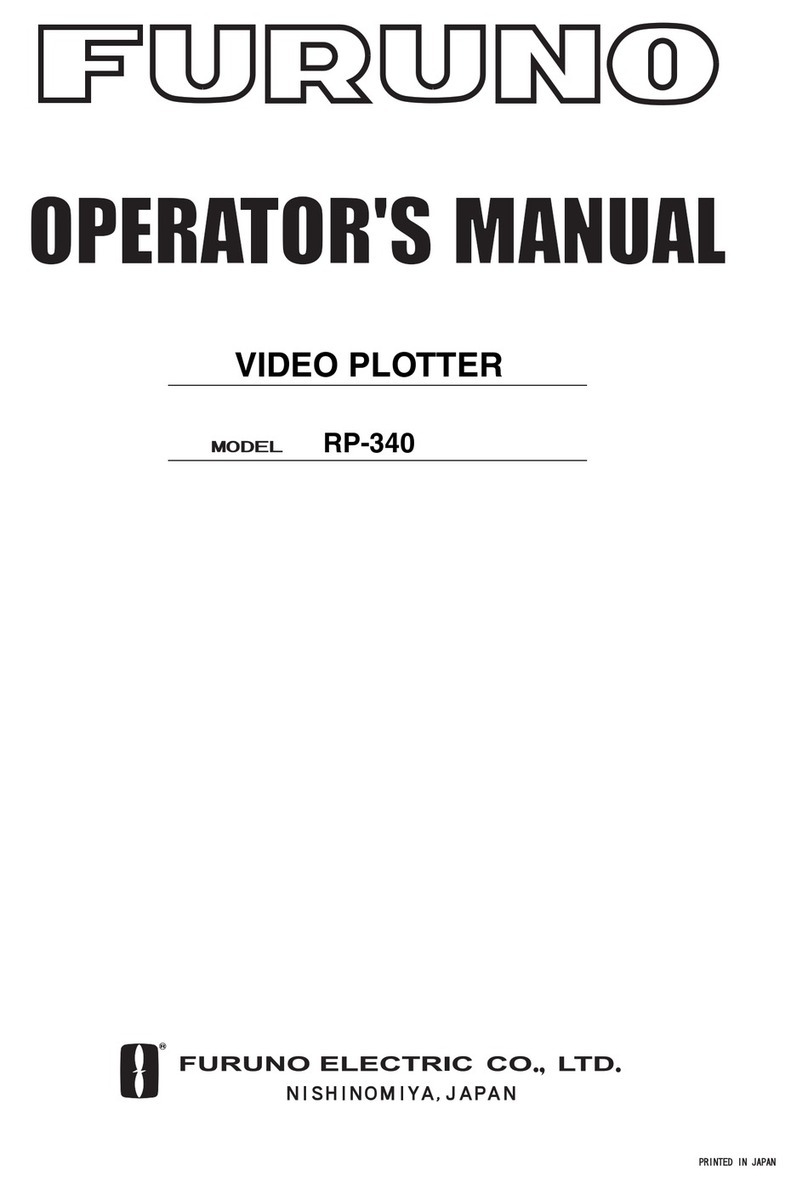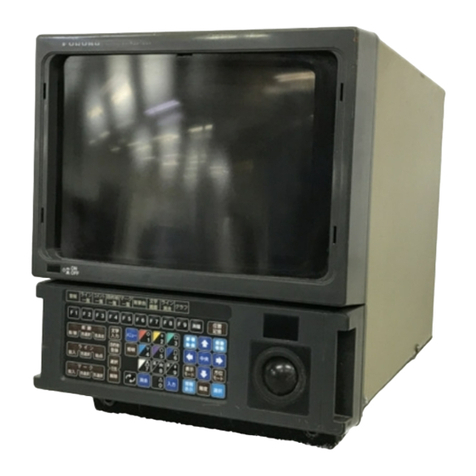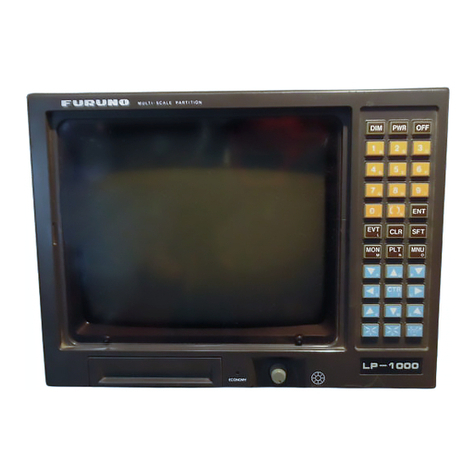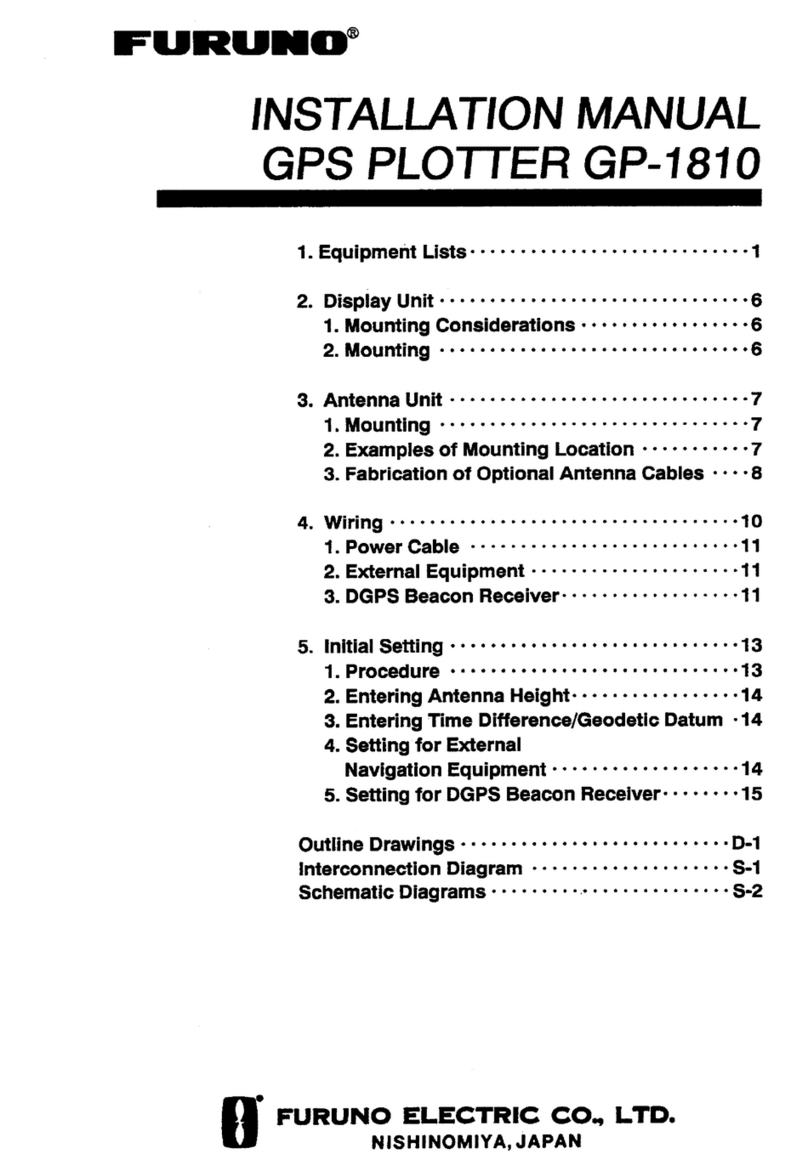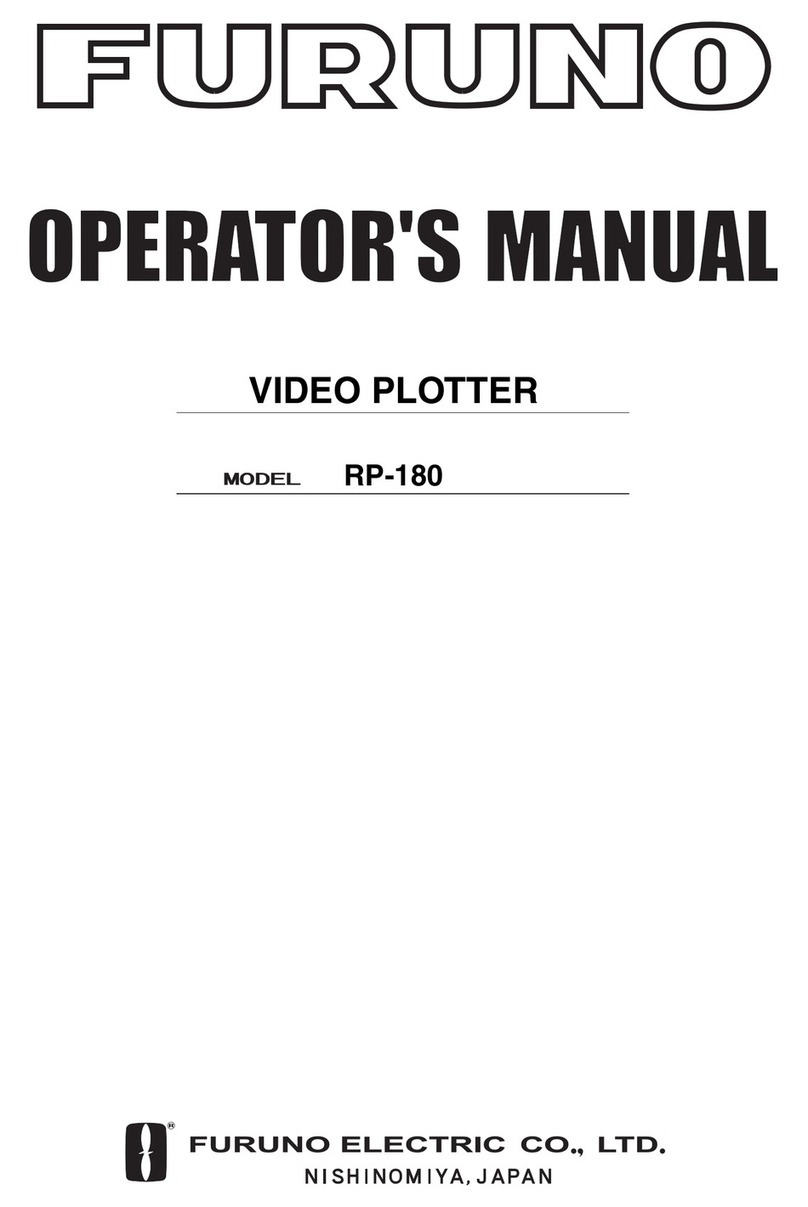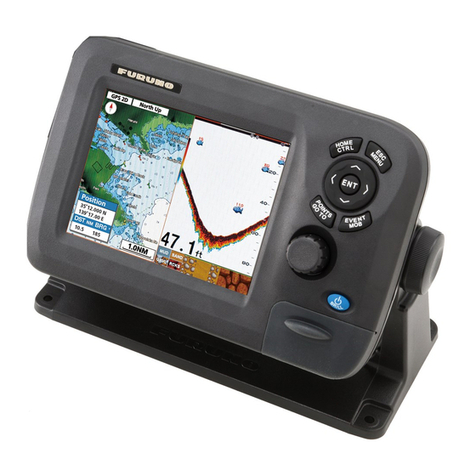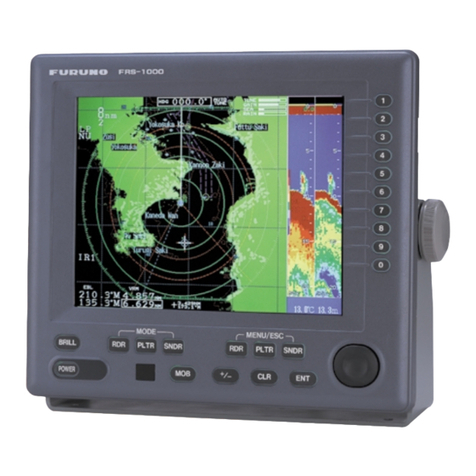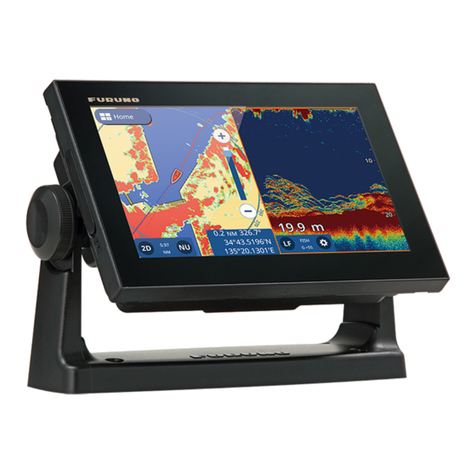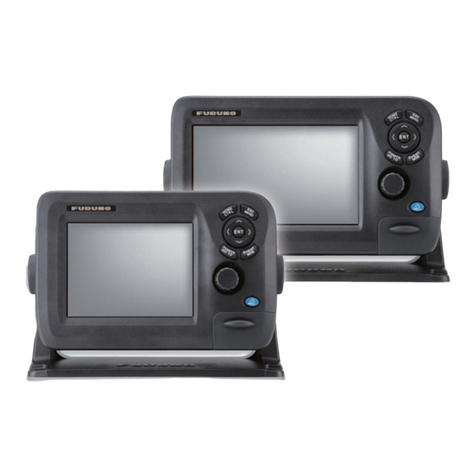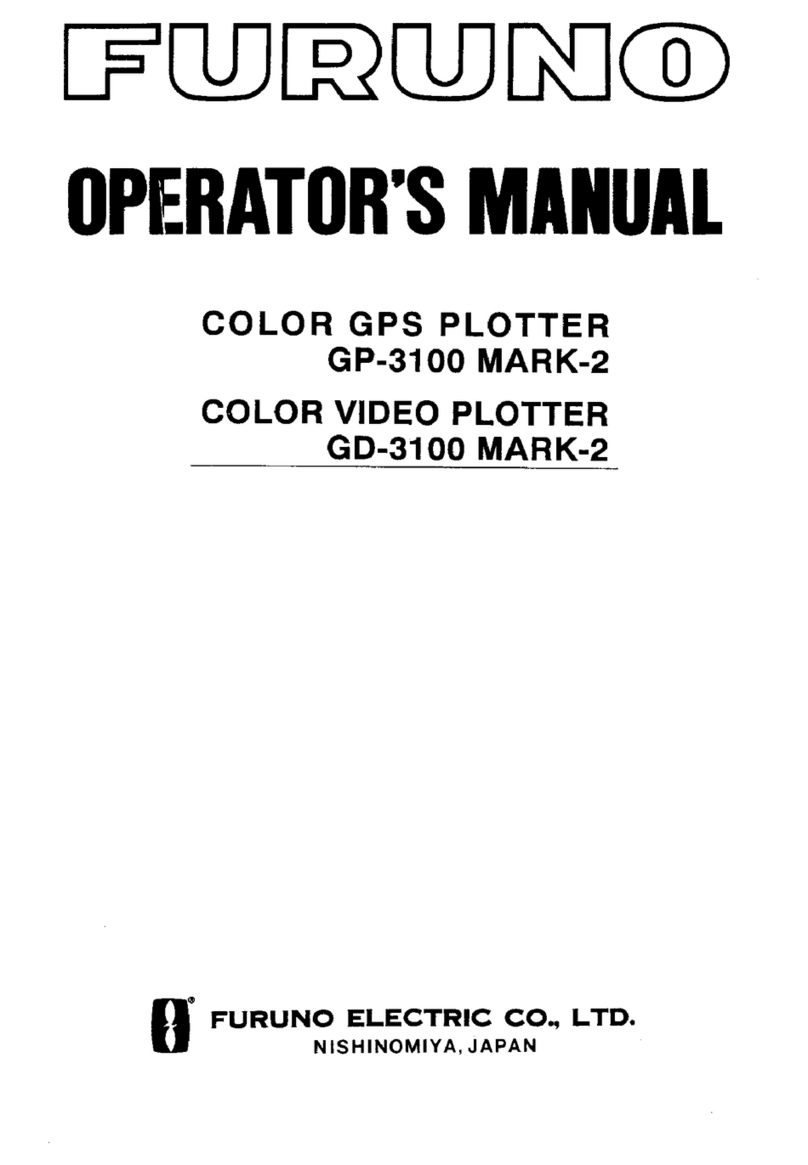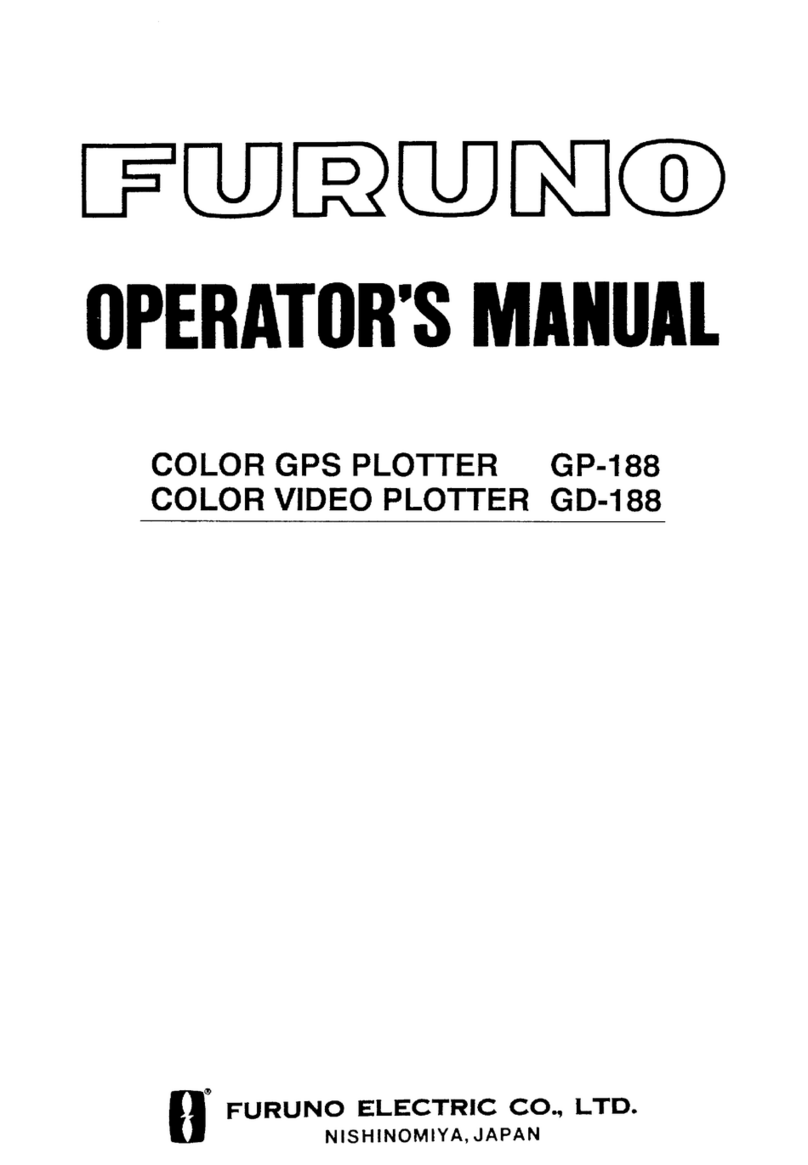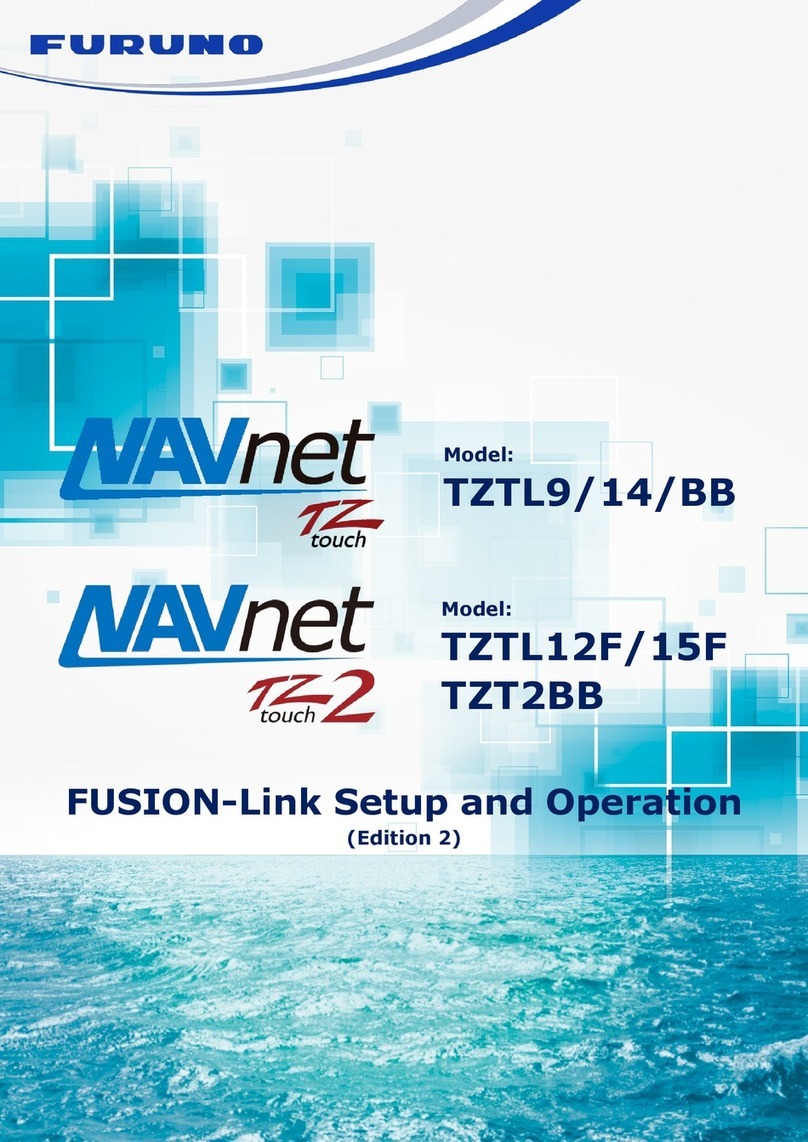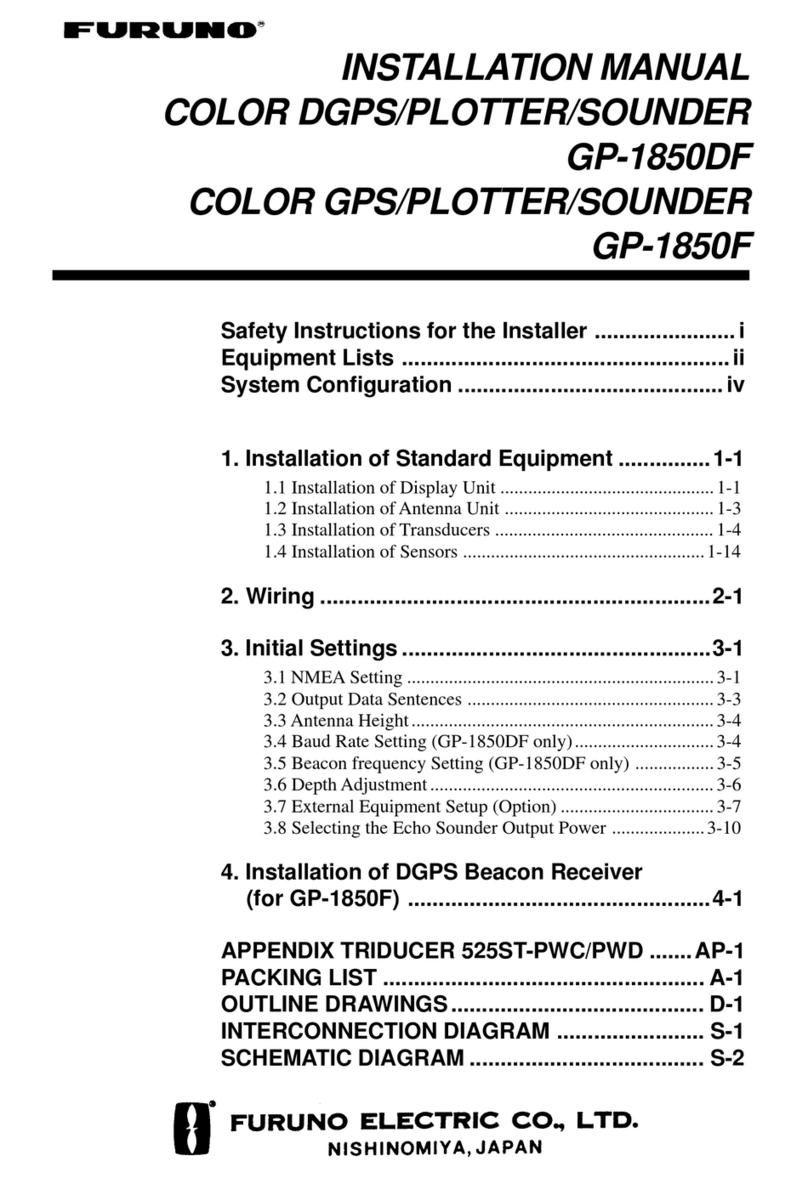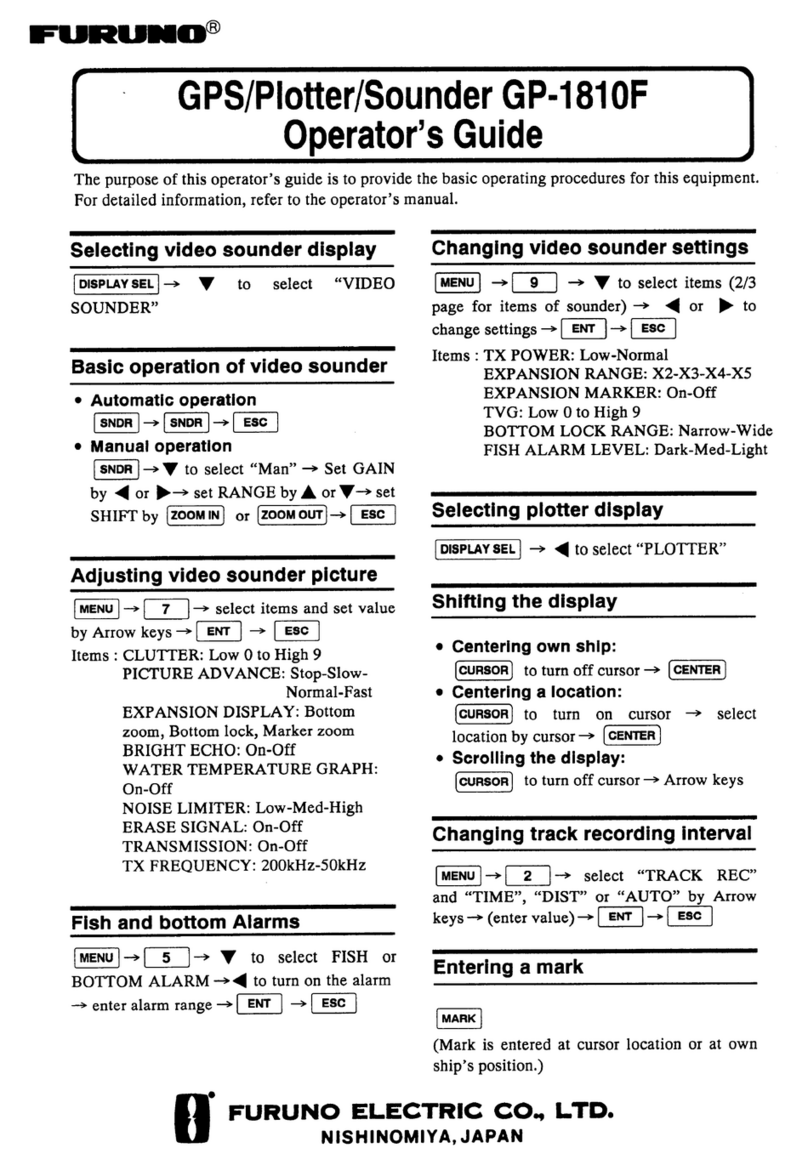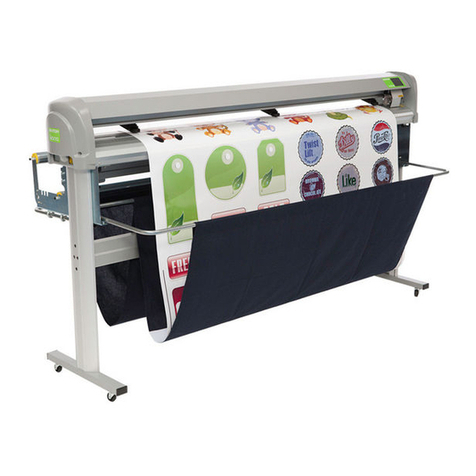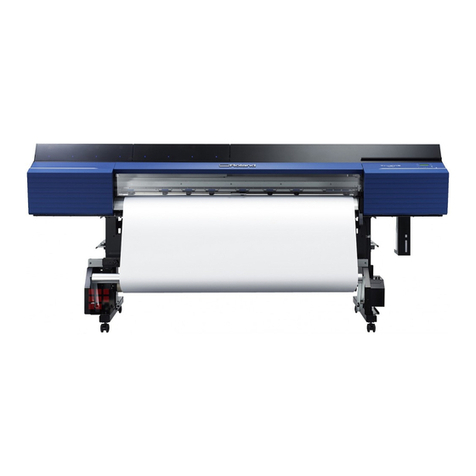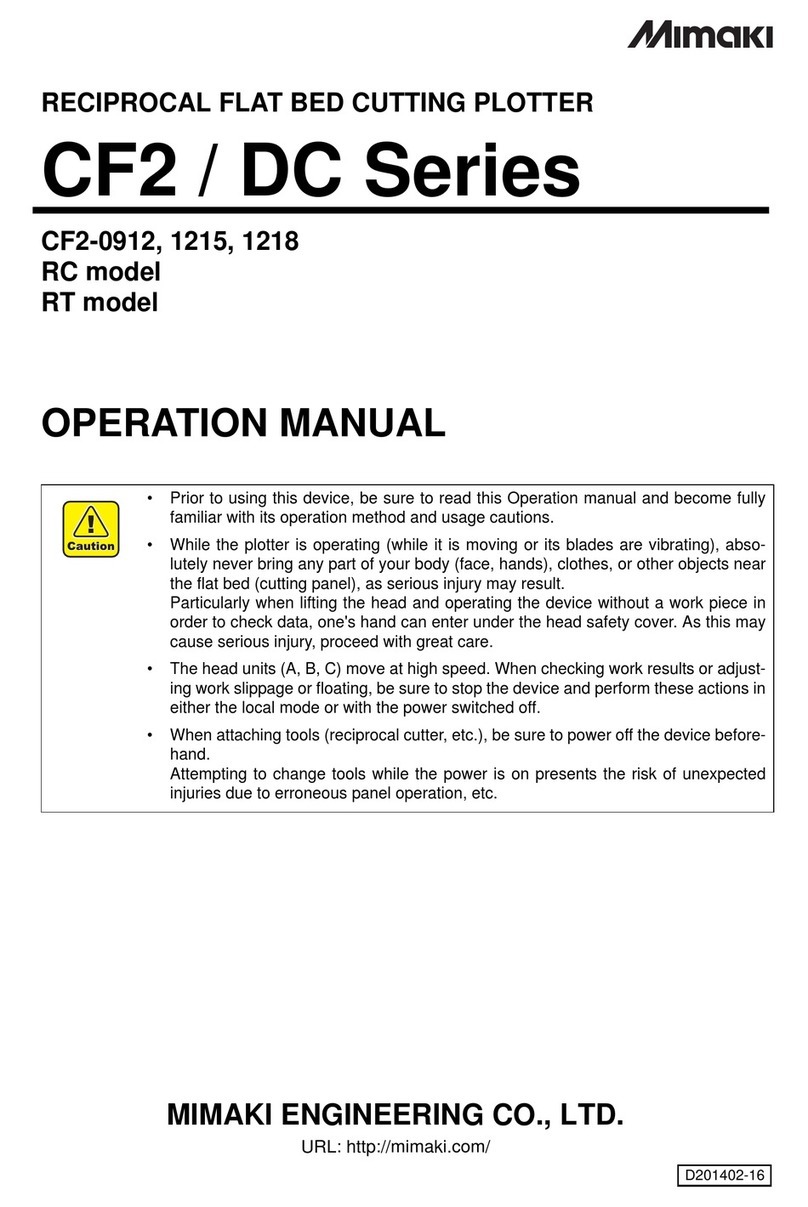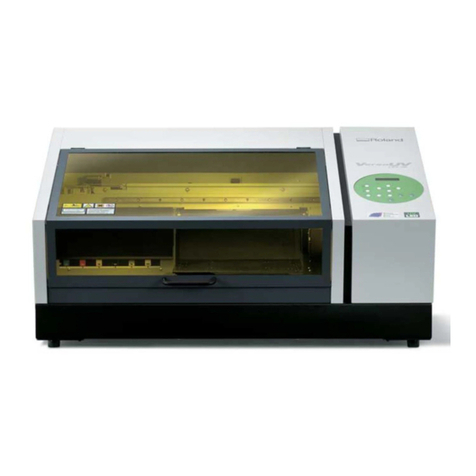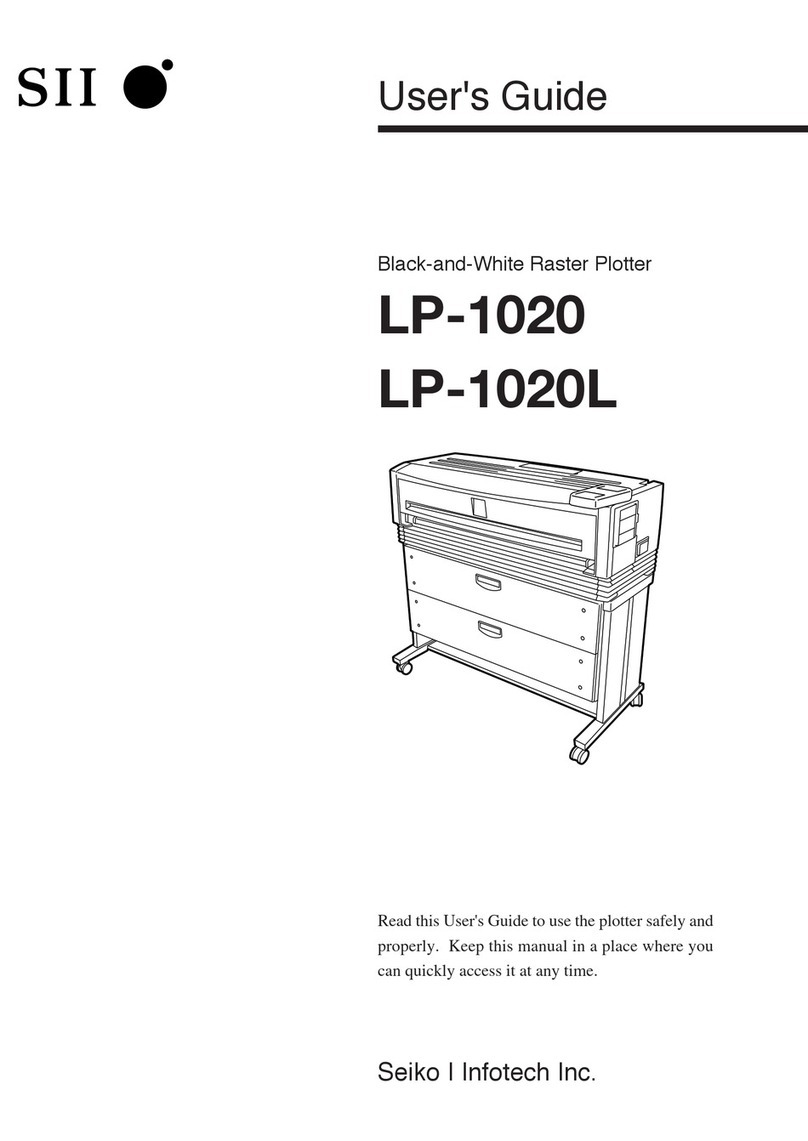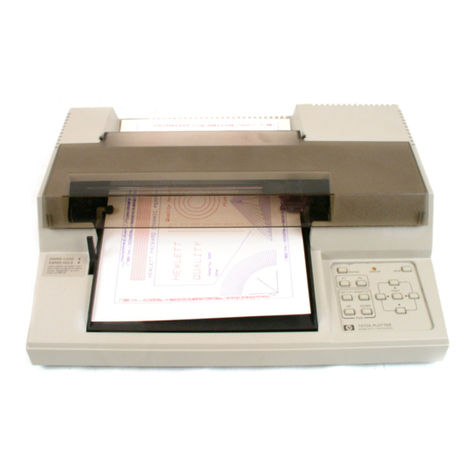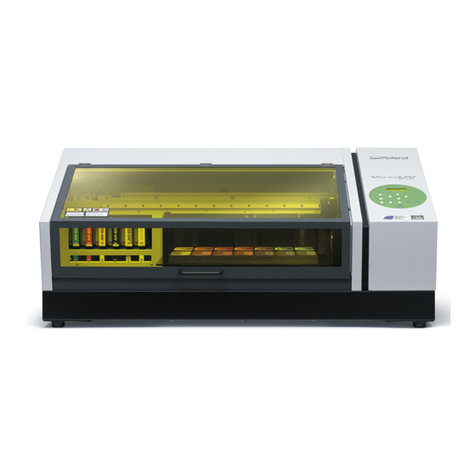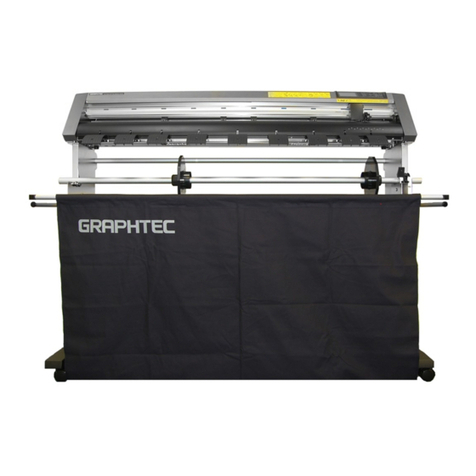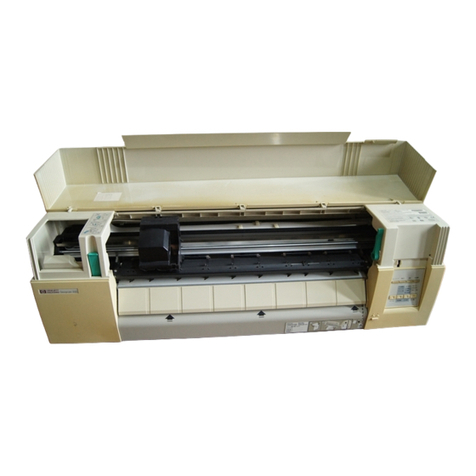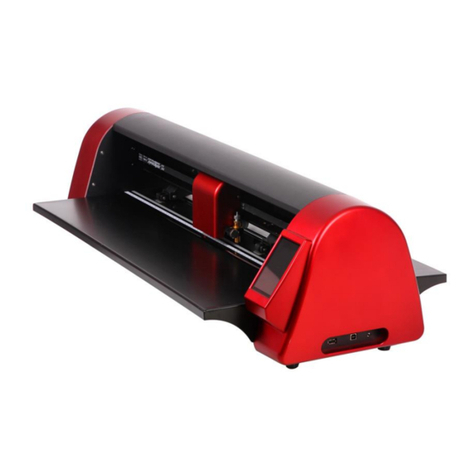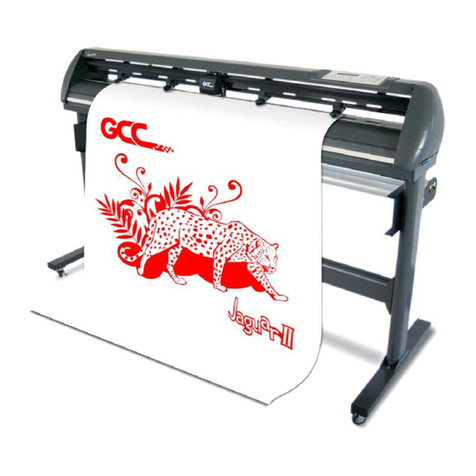
2.2 Display Unit
2-2
2.2 Display Unit
Refer to the block diagram on page 2-3.
2.2.1. Power Supply Circuit (PTU-9205)
The constant voltage generator Q1 is in operation even when power switch is off, if ship's mains is
supplied. The power supply circuit is basically consists of a main inverter and a sub inverter. The
main inverter derives the isolated line voltages +12 V/ANT+12 V and -12 V/ANT -12 V from the
main input. The sub inverter derives +5 V and +32 V from +12 V output of the main inverter.
Main inverter
The PWR switch becomes "open" when it is set to on position.
When the PWR switch is pressed, about 9 V is input via PWR line (J1 #13), Q2 is on, and DC+10
V is applied to the PWM.
When power is supplied to the PWM controller, it starts operation and alternately turns on and off
two switching FETs Q3/Q4 connected to the primary widing of T1. The resultant AC voltage
obtained on the secondary windings are rectified and smoothed to +12 V and -12 V, and delivered
to various circuits in the equipment. The voltage taken from the +12 V line is fed back to the PWM
controller through the VR1 to maintain the +12 V output constant.
Sub inverter
U5 and the associated circuit form a PWM switching regulator for +5 V and +32 V. The voltage
taken from +5 V line is fed back to U5 through R37 resistance to maintain the +5 V output
constant.
Protectors
Protection of power supply circuit is achieved by stopping the drive signals to the switching FETs
Q3/4.
Overload on +5 V and + 32 V line is detected by U6. Overload on +12 V (MOTOR + ) line is
detected by U7. When the +5 V and + 32 V line is reduced by a heavy load, U6 or U7 becomes
conductive and consequently disablesthe PWM controller through Q6, Q7 and Q8. Overcorrecton
the main input line is detected by R13, R14 and R15. The voltage drop across Q6, Q7 and Q8
becomes large when the inverter is overload. Overcorrect detector U3 disables PWM inverter U2
when the voltage drop exceeds a certain level.
Overvoltage of mains input is detected by the U1. When the input voltage exceeds 41.6 V, the U1
becomes active and disables PWM controller U2.
Scanner motor power (ANT+12 V/-12 V)
+12 V and -12 V (ANT +12 V/ANT -12 V) are used to drive 24 V scanner motor.
The power to the motor is turned on/off by the relay (K1) on the POWER SUPPLY Board. The
relay control signal from the SPU Board is supplied to Q52 and Q53 on the POWER SUPPLY
Board. Pressing the TX key changes the ANT SW signal state from 5 V to 0 V, and K1 is on to
supply + 12 V.

